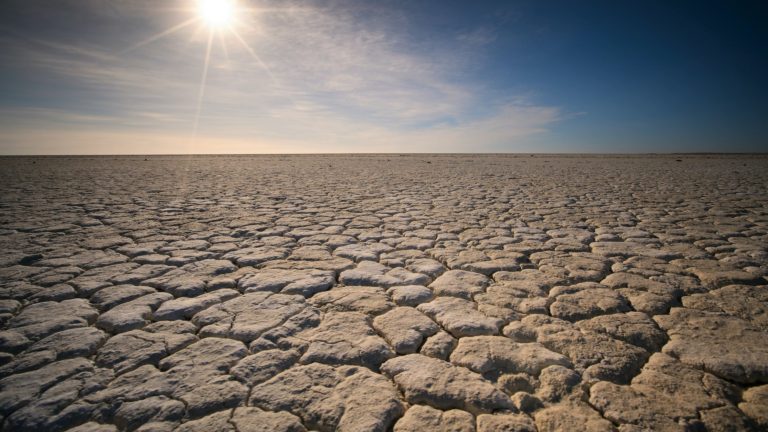
February 1, 2022 by Lorena Cotza and Ouafa Haddioui on www.LocalFutures.org
In 2017, the people of Zagora, Morocco, took to the streets in what became known as the ‘thirst revolution’. They were demanding safe drinking water and an end to the excessive use of water by big agricultural companies. In an already arid area experiencing frequent droughts and heatwaves due to climate change, much of the available water supply was being used to grow watermelons for export to Europe. Residents had been left with an insufficient, unreliable and undrinkable supply. Twenty-three of the demonstrators were arrested.
In Morocco, irrigation for agriculture consumes almost 90% of the annual available fresh water. This intense extraction dates back to the colonial period, when the French authorities replaced the khettara – a traditional irrigation system developed and managed by local communities – with water-intensive structures that allow production to fulfill the demand of European markets.
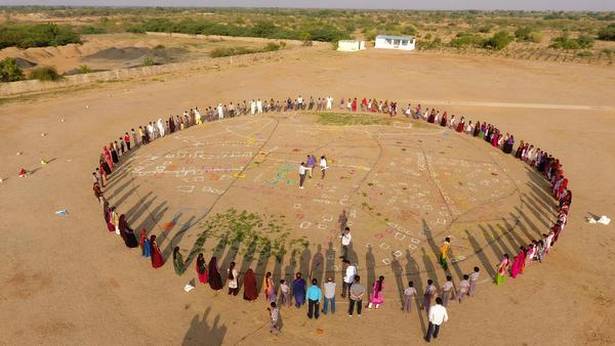
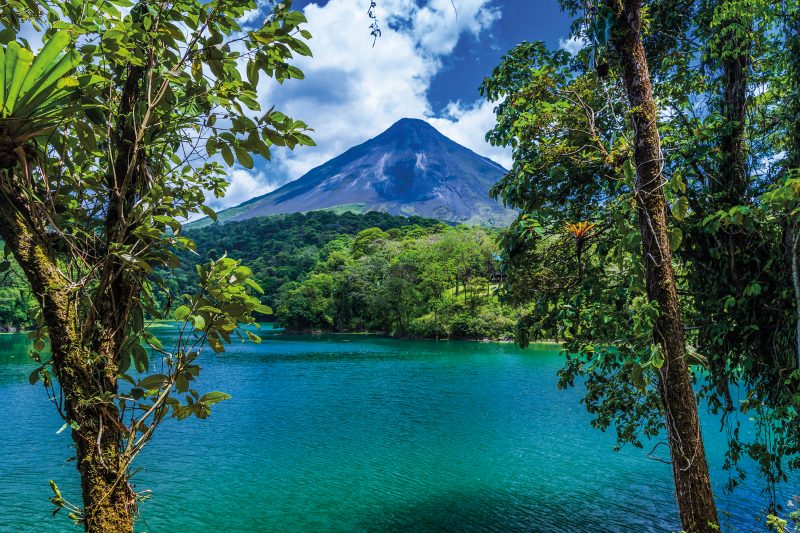
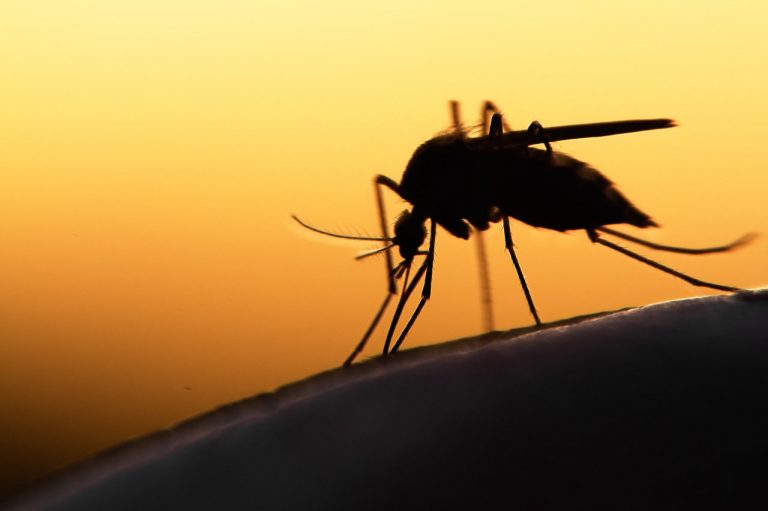

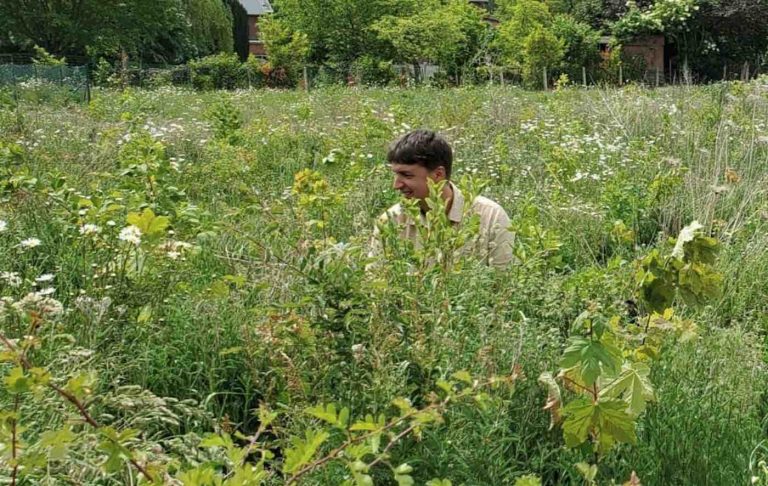

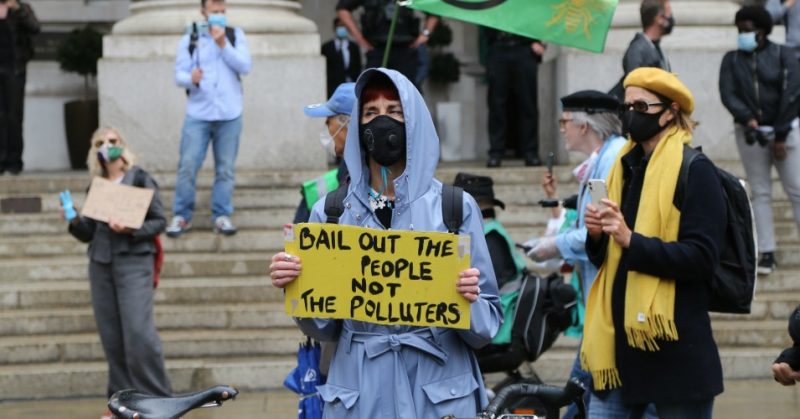

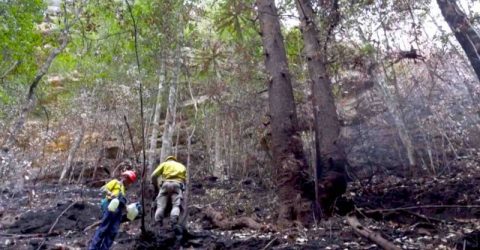


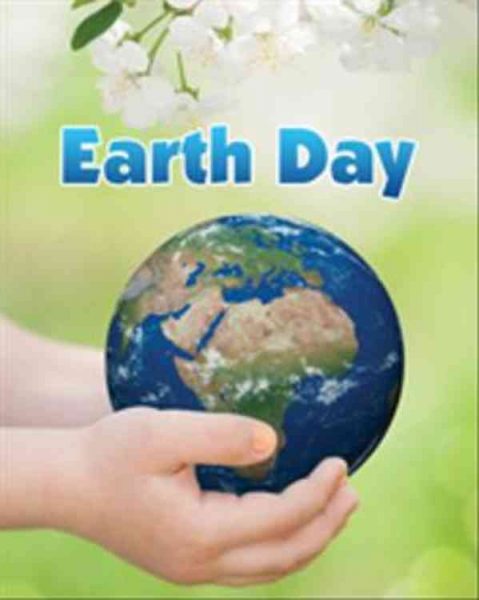


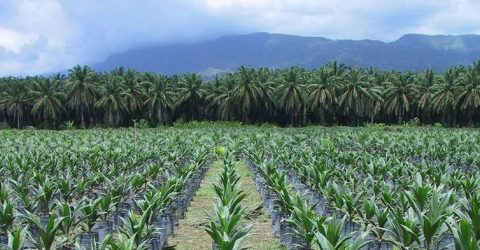
 Warnings about ecological breakdown have become ubiquitous. Over the past few years, major newspapers, including the Guardian and the New York Times, have carried alarming stories on soil depletion, deforestation, and the collapse of fish stocks and insect populations. These crises are being driven by global economic growth, and its accompanying consumption, which is destroying the Earth’s biosphere and blowing past key planetary boundaries that scientists say must be respected to avoid triggering collapse.
Warnings about ecological breakdown have become ubiquitous. Over the past few years, major newspapers, including the Guardian and the New York Times, have carried alarming stories on soil depletion, deforestation, and the collapse of fish stocks and insect populations. These crises are being driven by global economic growth, and its accompanying consumption, which is destroying the Earth’s biosphere and blowing past key planetary boundaries that scientists say must be respected to avoid triggering collapse.
